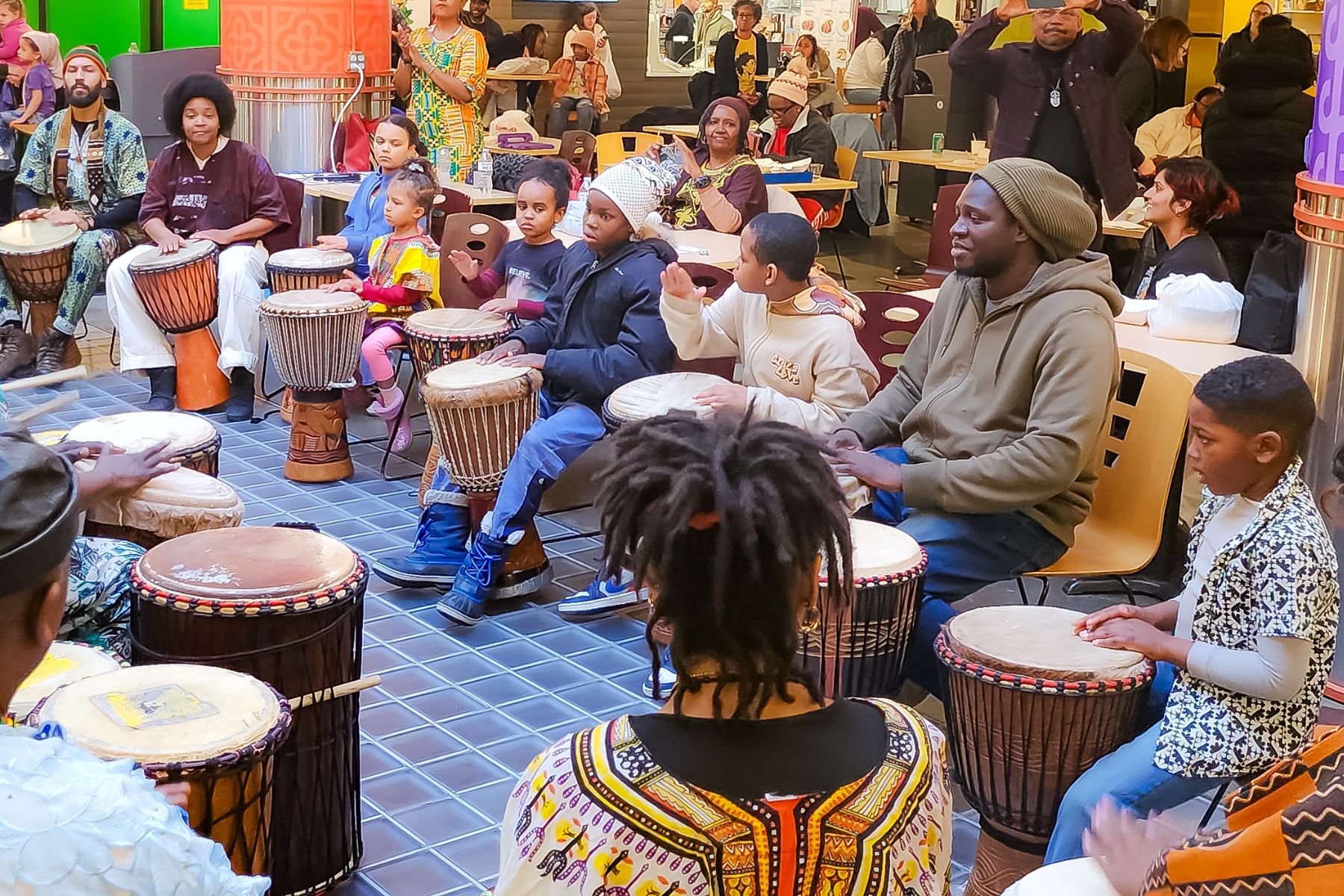Take a trip to France without leaving Texas
SAN ANTONIO – Today at 10 a.m., take a trip to France without leaving Texas!
Send your taste buds on a tasty adventure with Brasserie Mon Chou Chou,…

SAN ANTONIO – Today at 10 a.m., take a trip to France without leaving Texas!
Send your taste buds on a tasty adventure with Brasserie Mon Chou Chou,…

Mysteries and thrillers are enjoyable no matter the season, but there’s something extra satisfying about curling up in the winter with a warm drink and an all-engrossing read. The 13 (spooked already?)…

A six-day Kwanzaa celebration will bring art, meditation and communal gatherings to the Midtown Global Market this weekend. At the Hook and Ladder Theater, Nur-D kicks off an early New Year’s countdown and Twin Cities musicians…

Vibrant collaboration helps kids’ creativity take flight in more than 60 countries transforming everyday family moments into imaginative journeys
EASTON, Pa., Dec. 26, 2025 /PRNewswire/ — Crayola has teamed up with McDonald’s for the first time on a global scale with a new Happy Meal experience to propel kids’ imagination into orbit and transform the universe into a canvas for creativity.
The Happy Meal features an exclusive lineup of co-branded, space-themed activity kits and toys designed to encourage hands-on creative moments that the whole family can share. The limited-edition Planet McDonald’s Happy Meal is rolling out at participating McDonald’s restaurants in more than 60 countries in EMEA, the UK, Asia, and Canada, with availability varying by market through March 2026 while supplies last.
The campaign also incorporates an interactive digital experience in which kids can scan their creations and watch them come to life in a vibrant space-themed environment filled with opportunities to explore, learn, and create even more.
“Crayola’s mission has always been to inspire and empower creative exploration, discovery, and self-expression in every child. This partnership with McDonald’s brings that mission to life in a bold, unexpected way,” said Anna Roca, head of Global Partnerships at Crayola. “We’re thrilled to collaborate with McDonald’s to transform one of the most beloved family experiences—the Happy Meal—into an imaginative journey, bringing more creative moments into everyday activities. Together, we’re empowering kids to take a giant leap into creativity and fill the universe with color.”
The Happy Meal boxes and campaign advertising showcase imaginative illustrations created by children, celebrating the authentic creativity that fuels the campaign. And, in a first for Crayola, the leader in children’s creative expression products has become a supplier of colored pencils for McDonald’s. Another distinct element of the program is the integration of Crayola’s creative IP across all marketing touchpoints. The collaboration also supports parents’ desire for meaningful, hands-on play while offering their children a way to extend their creative adventure into the digital universe.
“At McDonald’s, we’re always looking for ways to create fun, surprising, and engaging experiences that connect with families in meaningful ways. This unique partnership with Crayola allows us to deliver personalized, interactive experiences that connect culture and creativity through a space-themed journey that puts kids in control of their own narrative,” said Sheila Hamilton, Senior Director of Global Brand Marketing from McDonald’s.
Media Contact:
Constance Walker
Crayola
[email protected]
Photo – https://mma.prnewswire.com/media/2851296/Crayola_x_McD_Happy_Meal.jpg
Logo – https://mma.prnewswire.com/media/2389234/CrayolaLogo_R_RGB_no_shadow_Logo.jpg

Islamabad, Pakistan – After seven decades as Pakistan’s state airline, the government sold a majority stake in Pakistan International Airlines (PIA) earlier this week for $482m in a publicly televised auction, ending years of failed…

Climate change touched every corner of the globe in 2025. As a result of the work of scientists at organizations like World Weather Attribution and Climate Central, it’s easier than ever to understand how specific weather events are…

Every year, bike tech takes a step forward in some way – and 2025 was no different. New bikes came down the launch conveyor belt and there was hot pro tech aplenty at the major races, alongside many smaller stories throughout the year that…

Mysteries and thrillers are enjoyable no matter the season, but there’s something extra satisfying about curling up in the winter with a warm drink and an all-engrossing read. The 13 (spooked already?)…

A leading surgeon behind a clinical trial of transplanting pig kidneys into living humans has said they could one day be superior to those from human donors.
Dr Robert Montgomery, the director of NYU Langone’s Transplant Institute, said the…